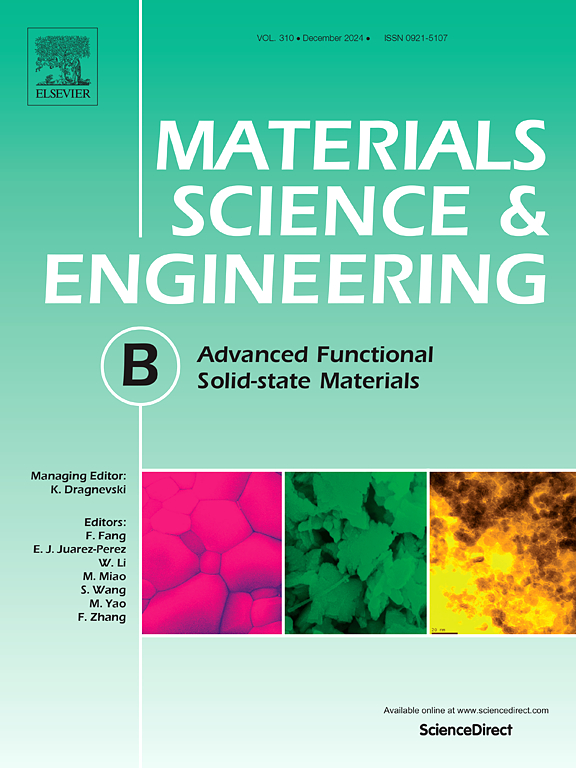Effect of silicone, molybdenum disulfide, and multi-walled carbon nanotube on the tribological, mechanical, and thermal properties of polyamide 66/carbon fibre composites
IF 3.9
3区 材料科学
Q2 MATERIALS SCIENCE, MULTIDISCIPLINARY
引用次数: 0
Abstract
The effect of silicone, molybdenum disulfide (MoS2), and multiwalled carbon nanotubes (MWCNT) on the mechanical, thermal, and tribological characteristics of polyamide 66 (PA66) composites reinforced with carbon fibre (CF) was extensively examined in this paper. An injection molding machine was used to make test samples for mechanical, thermal, and tribological testing after the twin-screw extruder was used to create the composite materials. To evaluate the mechanical behaviours of PA66 and composite samples, tensile strength (TS) and flexural strength (FS), tensile modulus (TM) and flexural modulus (FM), elongation at break (EB), and impact strength were measured. The TS and TM of PA66/30CF increased by 89.6 % and 374.3 % compared with PA66. PA66/30CF/0.5MWCNT nanocomposites exhibited better tensile (strength of 196.5 and modulus of 23575 MPa, respectively) and flexural (strength of 289 and modulus of 17700 MPa, respectively) properties. DSC analysis indicated that the melting temperature (Tm) of PA66 composites was not affected by adding CF, MWCNT, MoS2 and silicone. In contrast, composites’ crystallisation temperature (Tc) and degree of crystallinity (Xc%) values were higher than those of PA66. The addition of MWCNT, MoS2 and silicone yielded a further increase in Xc, and with 42.4 %, the PA66/30CF/0.5MWCNT/3MoS2 nanocomposite yielded the highest value. The test for pin-on-disk (PoD) wear was conducted under dry sliding conditions, with 0.4, 0.8, and 1.2 m/s of sliding velocity, and a load of 20, 30, and 40 N. The tribological measurements implied that the PA66 composites prepared with 30 wt% of CF, 0.5 wt% MWCNT and 3 wt% MoS2 showed the best friction and wear behavior. The COF of PA66 polymer was around 0.4, while the COF of PA66/CF composites was between 0.25–0.35. The incorporation of MWCNT, MoS2, and silicone into the PA66/30CF composite led to a further decrease in the COF, yielding values ranging between 0.15 and 0.25. It has been deduced that the MWCNT and MoS2 additives improved the service life and thermomechanical durability of PA66 in a distinguishable manner. It was also revealed that the composite reinforced with MWCNT and MoS2 exhibited enhanced wear resistance due to the strong interfacial bonding.

求助全文
约1分钟内获得全文
求助全文
来源期刊

Materials Science and Engineering: B
工程技术-材料科学:综合
CiteScore
5.60
自引率
2.80%
发文量
481
审稿时长
3.5 months
期刊介绍:
The journal provides an international medium for the publication of theoretical and experimental studies and reviews related to the electronic, electrochemical, ionic, magnetic, optical, and biosensing properties of solid state materials in bulk, thin film and particulate forms. Papers dealing with synthesis, processing, characterization, structure, physical properties and computational aspects of nano-crystalline, crystalline, amorphous and glassy forms of ceramics, semiconductors, layered insertion compounds, low-dimensional compounds and systems, fast-ion conductors, polymers and dielectrics are viewed as suitable for publication. Articles focused on nano-structured aspects of these advanced solid-state materials will also be considered suitable.
 求助内容:
求助内容: 应助结果提醒方式:
应助结果提醒方式:


